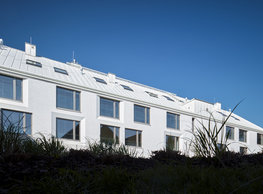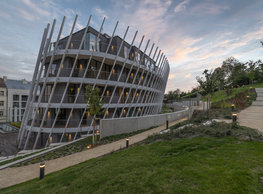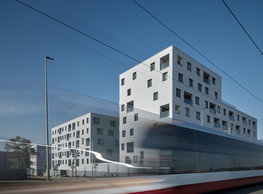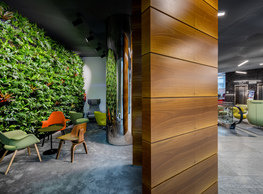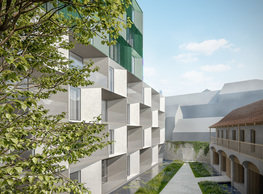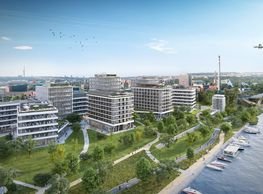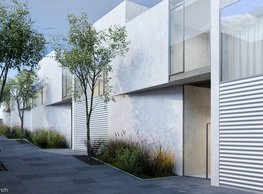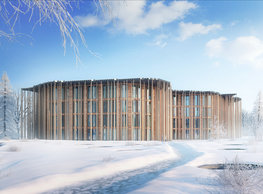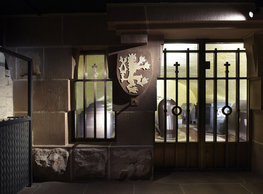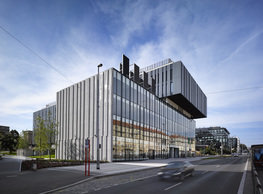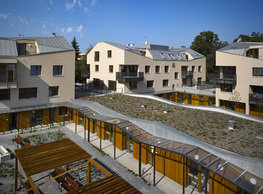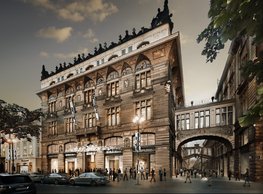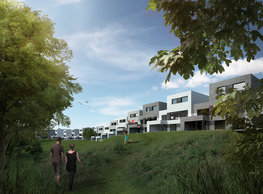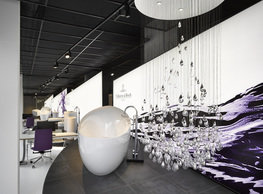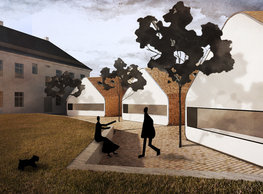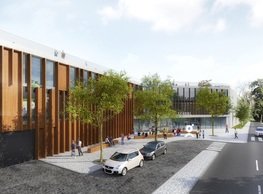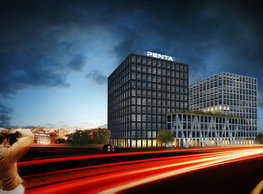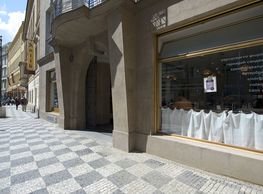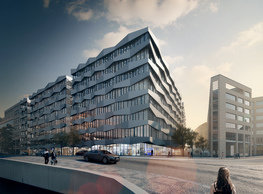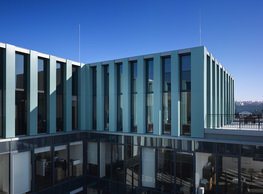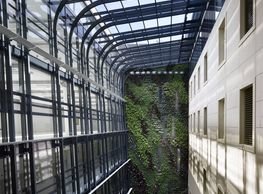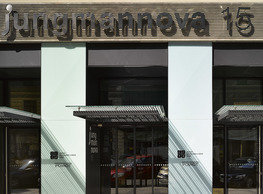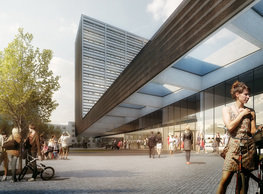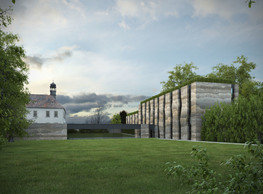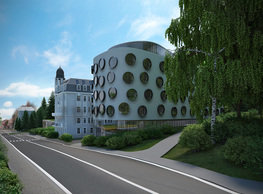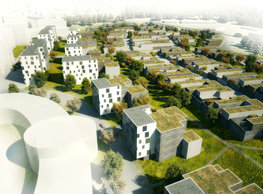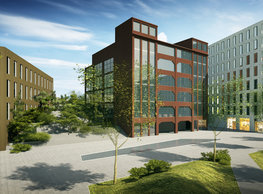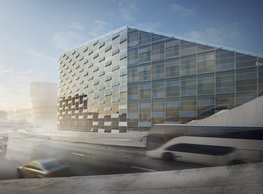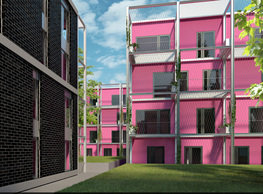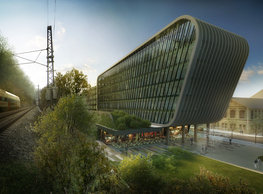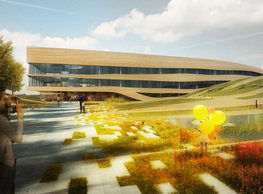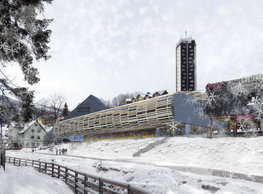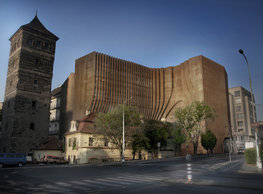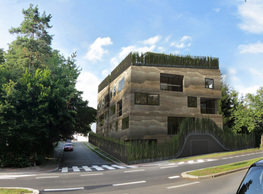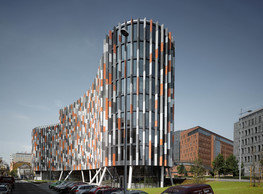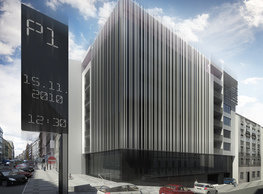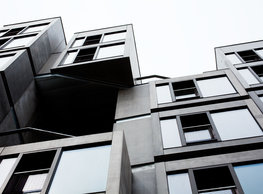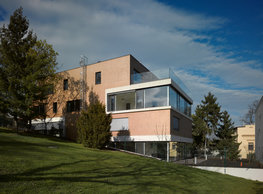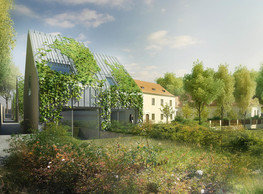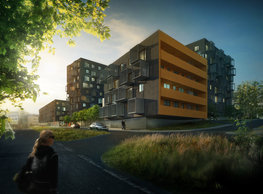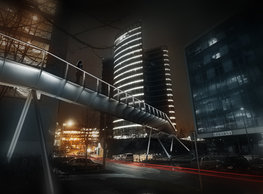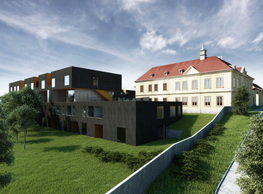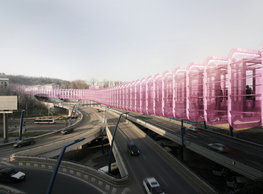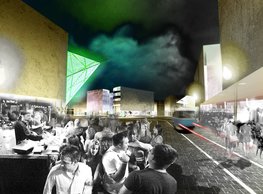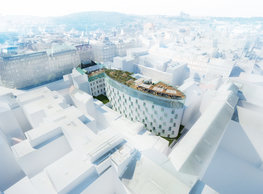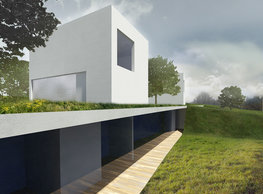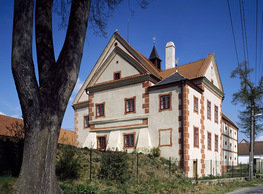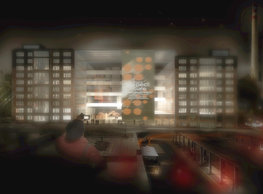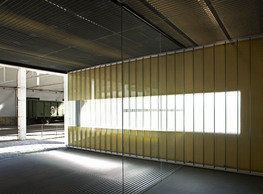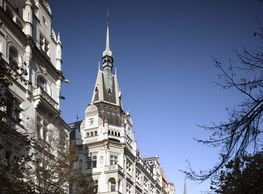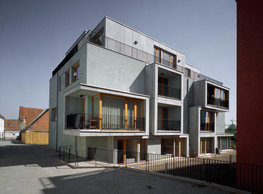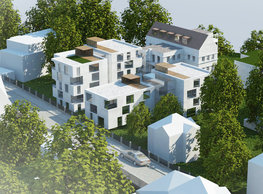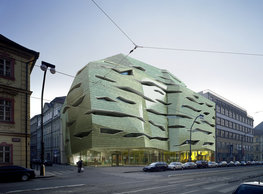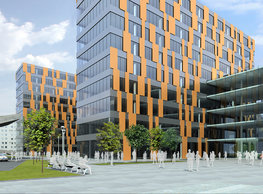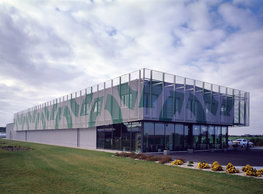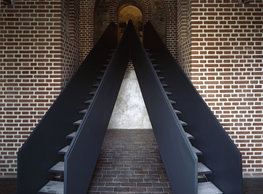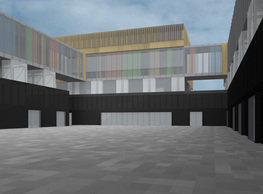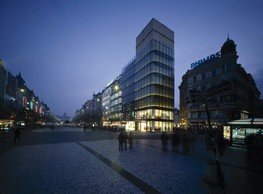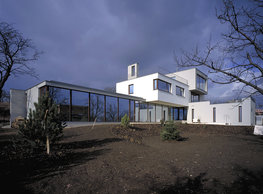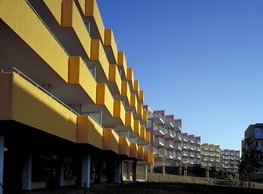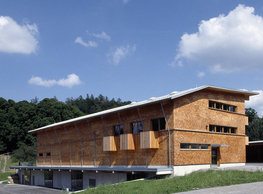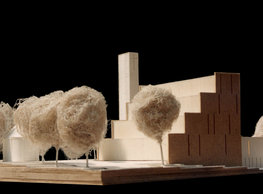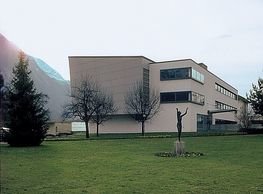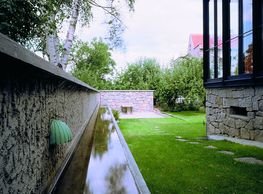The designed fractured structure works with a typology of a family house primarily opened inward – that is inside the quiet corners of small inserted yards. In our opinion, the quality of housing is not harmed – on the contrary, it can become very comfortable and intimate. The houses get enough private space outside, do not cancel out and, moreover, enjoy the view of the central part of the garden. We can find their predecessors in historic Mediterranean dwellings (e.g. Apulian trulla) and in our country (Zlatá ulička/Goledn Lane) but namely in analogies with continuously added heterogeneous outbuildings that existed in similar situations perhaps most often. The common denominator is a micro-scale and irregular shapes of outer ‘residual’ spaces here. By the assumed (and newly re-told) volumes of masses and single-pitch roofs clinging to the border of the plots that we articulate by avant-corpses of masses of living rooms and their hip roofs we get a unique quality of lighting and sunlight in living areas inside – buildings do not block sunrays by casting a shadow. Material interventions to the old historicising building regard anything else but the roof. We replace the old entirely depreciated rafters a by new, also wagon-headed roof, yet with a higher ridge. We are getting better parameters of clearances and practical usability of the attic this way. We wanted to preserve the most authentic order of the roof possible intentionally. That was the reason why we did not opt for lighting the attic by adding new forms of dormers. Even roof windows would, in our opinion, spoil the classic appearance of the roof too much. That is why we opted for a belt window copying the perimeter of the house ‘cutting’ the roof through; nevertheless, from visuality reasons, we concealed it behind a finely perforated screen (transparent from the inside) aligned with the roofing level. The key element for the appearance of the courtyard house is its homogenous envelope. It is a traditional roofing of massive chipped timber shingles. This material allows obtaining the desired surface homogeneity without a border between the roof and walls; moreover, using it, the rounded roof shape can be flexibly followed – either convex or concave.
portfolio
![]()
monastery of st. gabriel
![]()
nová zbrojovka block g
![]()
nad krocínkou a
![]()
nad krocínkou b
![]()
dobřichovice farmstead
![]()
nymburk train station
![]()
stará boleslav primary school
![]()
holečkova 26 residence
![]()
komořany elementary school
![]()
kindergarten jeseniova
![]()
nová elektra residence
![]()
filadelfie bldg. – the new reception
![]()
písnice elementary school
![]()
bytové domy vítězná/újezd
![]()
afi vokovice
![]()
showroom elite bath/bulthaup sk
![]()
port 7
![]()
main point pankrác
![]()
oktáva houses
![]()
lesy čr headquarters
![]()
royal tomb
![]()
the blox
![]()
dob centre in dobřichovice
![]()
contemporary glass muzeum
![]()
pod hády brno
![]()
elite bath showroom karlín
![]()
communal flats in dolní břežany
![]()
šantovka residence
![]()
open gate II
![]()
ružinov office building
![]()
dlouhá palace
![]()
vinohradská 8
![]()
masarykovo railway station
![]()
retail and office development
![]()
jindřišská 16
![]()
jungmannova 15
![]()
regina hradec králové
![]()
chateau dolní břežany
![]()
the metropole hotel in mariánské lázně (marienbad)
![]()
waltrovka
![]()
square mechanica
![]()
porto mercandini
![]()
plzeňská 18
![]()
vrchlického residence
![]()
karlín railway
![]()
science research centre
![]()
sněžka apartment house
![]()
novomlýnská brána
![]()
jeremenkova residence
![]()
main point karlin
![]()
flat b3 prague
![]()
štěpánská 47
![]()
tenement house with a gym
![]()
švédská residence
![]()
hendlův dvůr
![]()
klamovka residential complex
![]()
botanica vidoule phase 6
![]()
footbridge in bb centre
![]()
perníkářka manor
![]()
municipal interventions prague 2010
![]()
černá louka ostrava
![]()
evropa hotel
![]()
bb centrum filadelfie
![]()
family houses in radotín
![]()
cherubín II
![]()
fc bohemians praha 1905
![]()
ostrolovský újezd chateau
![]()
zlín cultural centre
![]()
znojemská hospice
![]()
pilsner urquell
![]()
st. wenceslas exposition
![]()
institute of noblewomen
![]()
karlov office building
![]()
cherub I
![]()
pařížská 9
![]()
jinonice villa park
![]()
petynka hotel
![]()
sanopz residential complex
![]()
viktoria center pankrác
![]()
hotel crystal palace
![]()
invalidovna offices
![]()
performing arts center seoul
![]()
boscolo carlo IV hotel
![]()
toner recycling company building
![]()
the story of prague castle
![]()
umprum in prague-ďáblice
![]()
mrázovka apartment villa
![]()
school gym in prague-troja
![]()
roma hotel
![]()
euro palace
![]()
ten centuries of architecture
![]()
villa třešňovka
![]()
velká skála
![]()
sternberg palace prague castle
![]()
st. nicholas church in čečovice
![]()
olga and václav havel's villa
![]()
tierpark langenberg
![]()
a church in neratovice
![]()
school centre interlaken
![]()
forestry school in lyss
![]()
villa dobeška
![]()
tuscany in maps




